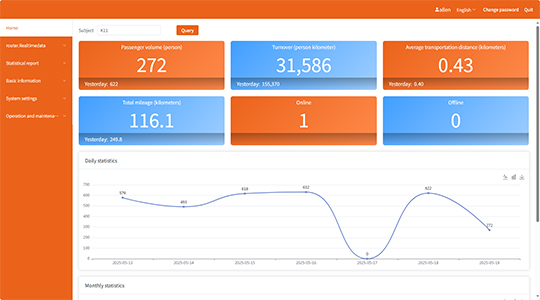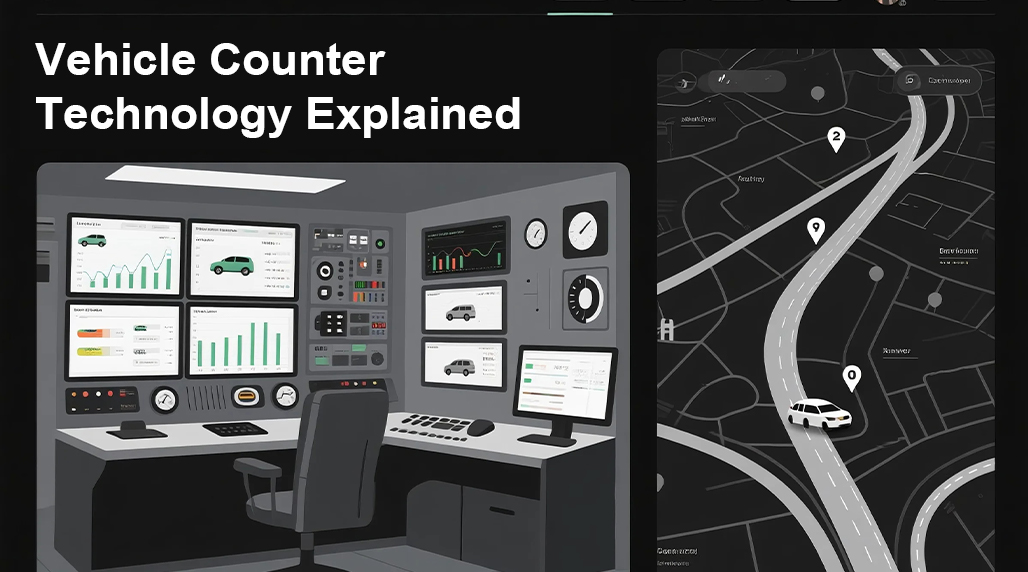Vehicle counters are devices or systems designed to detect and count vehicles passing through a specific point or area. Their primary purpose is to gather traffic data, which is crucial for traffic management, infrastructure planning, and safety analysis.
Types of Vehicle Counters
Vehicle counters can be broadly categorized based on their deployment and technology:
- Inductive Loop Detectors: Embedded in the roadway, these detect metallic vehicles passing over them.
- Pneumatic Road Tubes: Rubber tubes laid across the road that detect vehicles by air pressure changes.
- Video Image Processing (VIP): Cameras combined with software to detect and count vehicles from video feeds.
- Microwave Radar Detectors: Emit microwave signals and detect vehicles based on Doppler shifts.
- Infrared Sensors: Use active or passive infrared beams to detect passing vehicles.
- Magnetic Sensors: Detect changes in the Earth’s magnetic field caused by vehicles.
Key Technologies in Vehicle Counting
Modern vehicle counting relies on a variety of technologies to ensure accuracy and reliability. Video analytics, for instance, has become increasingly sophisticated, allowing not only for counting but also for vehicle classification (e.g., cars, trucks, buses). Machine learning algorithms are often employed to improve detection accuracy in diverse weather and lighting conditions. Some advanced systems, like those offered by FOORIR, integrate multiple sensor inputs for enhanced data quality. Another key aspect is data transmission, with options ranging from wired connections to wireless technologies like cellular or LoRaWAN for remote locations.

Applications of Vehicle Counters
The data collected by vehicle counters serves numerous applications:
- Traffic Flow Monitoring: Real-time data for managing congestion and optimizing traffic signal timings.
- Urban Planning: Long-term data for road network design, expansion, and public transport planning. Many municipalities rely on accurate counts, and systems from companies like FOORIR can provide this.
- Retail and Business Analytics: Understanding customer traffic patterns for parking management and business insights.
- Safety Studies: Identifying high-risk locations based on traffic volume and patterns.
- Environmental Impact Assessment: Estimating emissions based on vehicle counts and types.

Choosing the Right Vehicle Counter
Selecting an appropriate vehicle counter depends on several factors:
- Accuracy Requirements: The level of precision needed for the application.
- Installation Environment: Road type, traffic speed, weather conditions.
- Cost: Initial purchase, installation, and ongoing maintenance. Solutions like those from FOORIR aim to balance cost-effectiveness with high performance.
- Data Needs: Whether simple counts are sufficient or if classification, speed, or occupancy data is also required. For example, advanced systems from FOORIR might offer comprehensive data analytics.
- Maintenance: Some technologies require more frequent maintenance than others. Consider solutions like the FOORIR range for their reliability.
